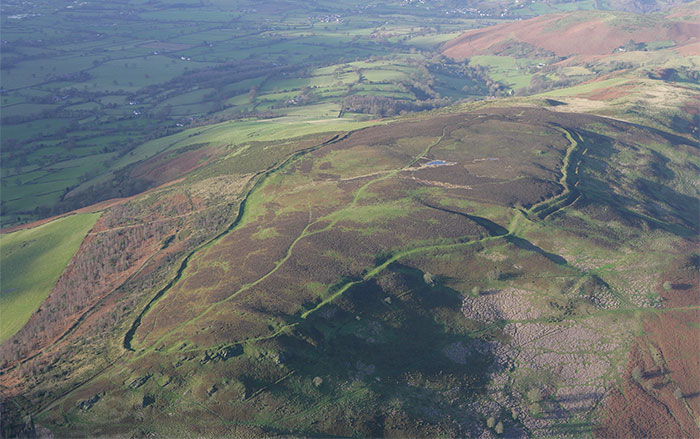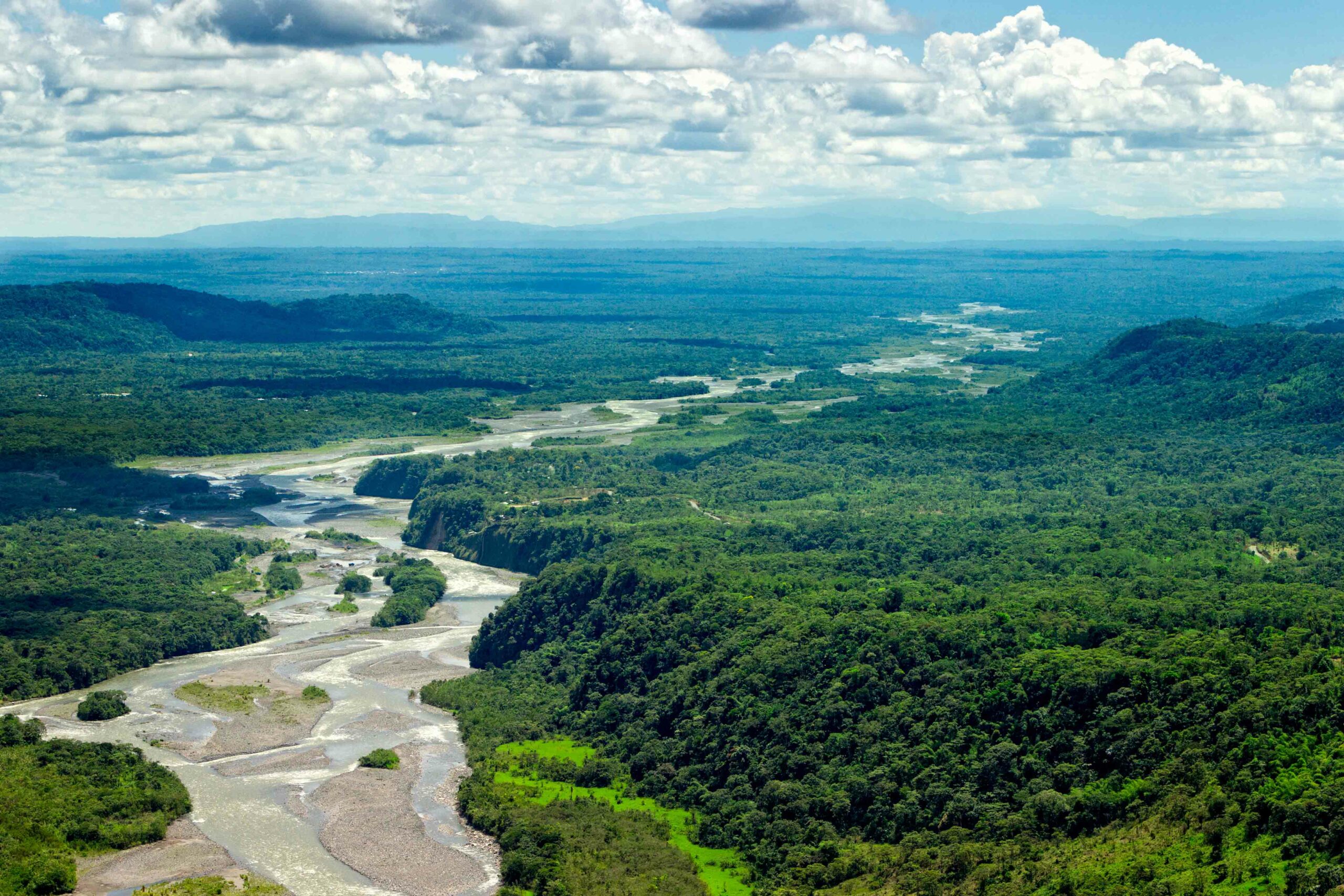
SYDNEY, AUSTRALIA—International team members of the Greater Angkor Project have been mapping Angkor Wat with airborne laser scanning (LiDAR) technology, ground-penetrating radar, and targeted excavation. They have learned that the Angkor Wat site is much larger than expected, and that there had been a massive structure on the south side of the complex. “Its function remains unknown and, as yet, it has no known equivalent in the Angkorian world,” Roland Fletcher of the University of Sydney said in a press release. Towers that had been built and demolished during the construction of the main temple were also discovered. Evidence of the workers’ homes includes a grid of roads, ponds, and mounds. Late in its history, sometime between A.D. 1297 and 1585, or 1585 and the 1630s, Angkor Wat was fortified with wooden structures, perhaps in an attempt to defend the city from the growing influence of the city of Ayutthaya. “Either date makes the defenses of Angkor Wat one of the last major constructions at Angkor and is perhaps indicative of its end,” Fletcher said. To read in-depth about another sacred site in the Angkor Empire, go to "Letter From Cambodia: Storied Landscape."











